Review of Langmuir-Wave-Caused Dips and Charge-Exchange-Caused Dips in Spectral Lines from Plasmas and their Applications
Abstract
:1. Langmuir-Wave-Caused Dips
1.1. Theory of L-dips
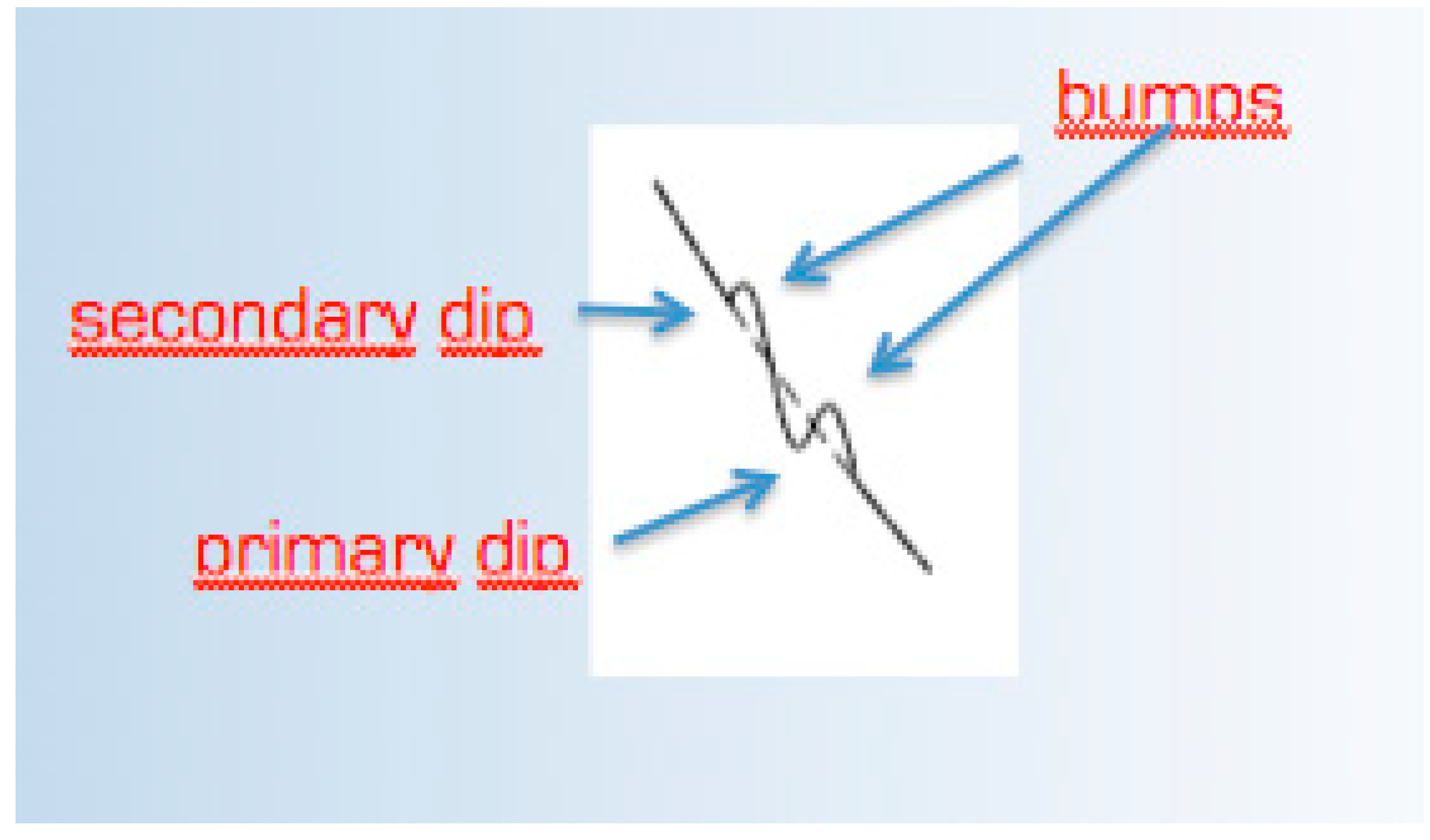
1.2. Experimental Observations of L-dips
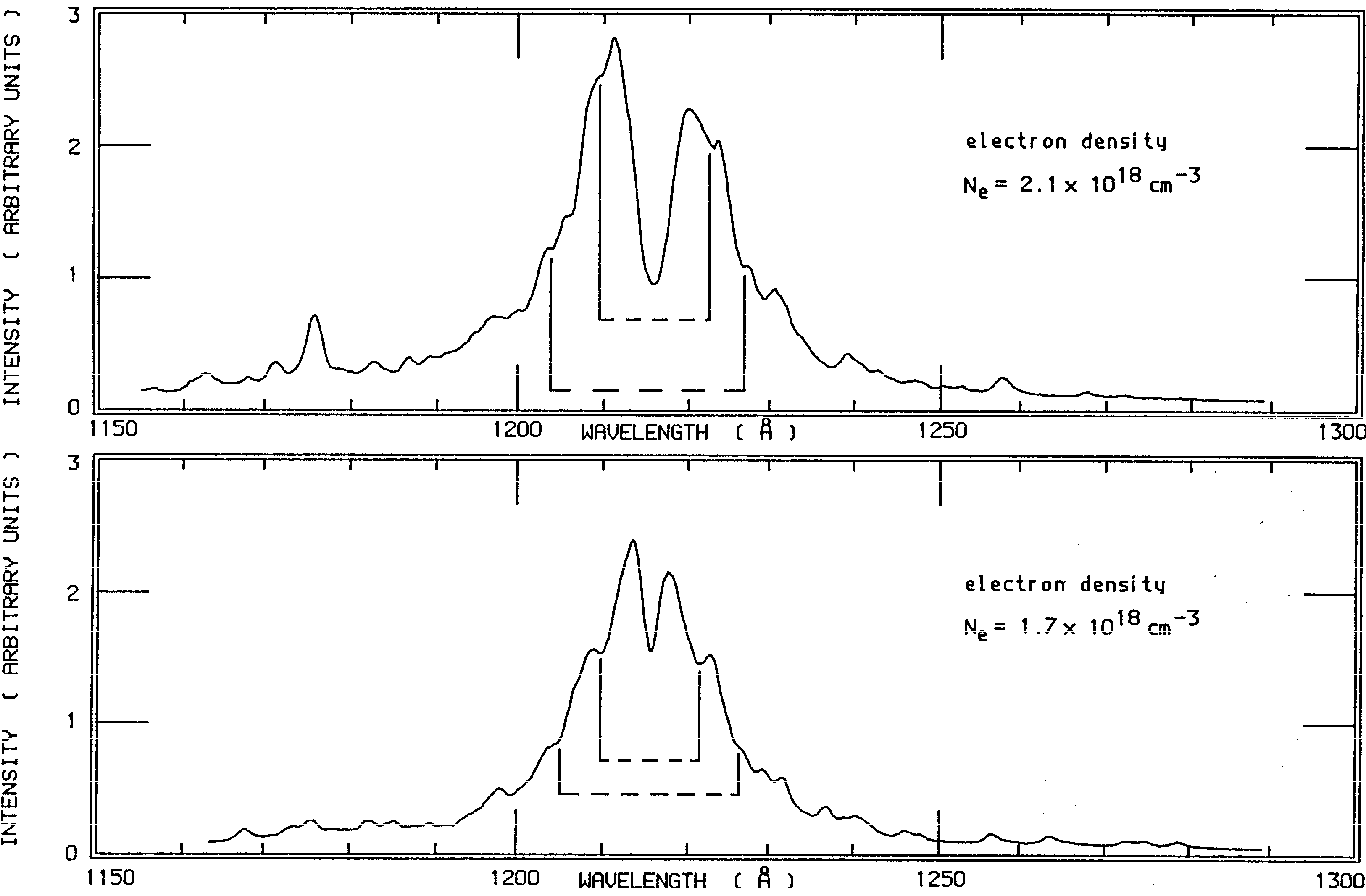
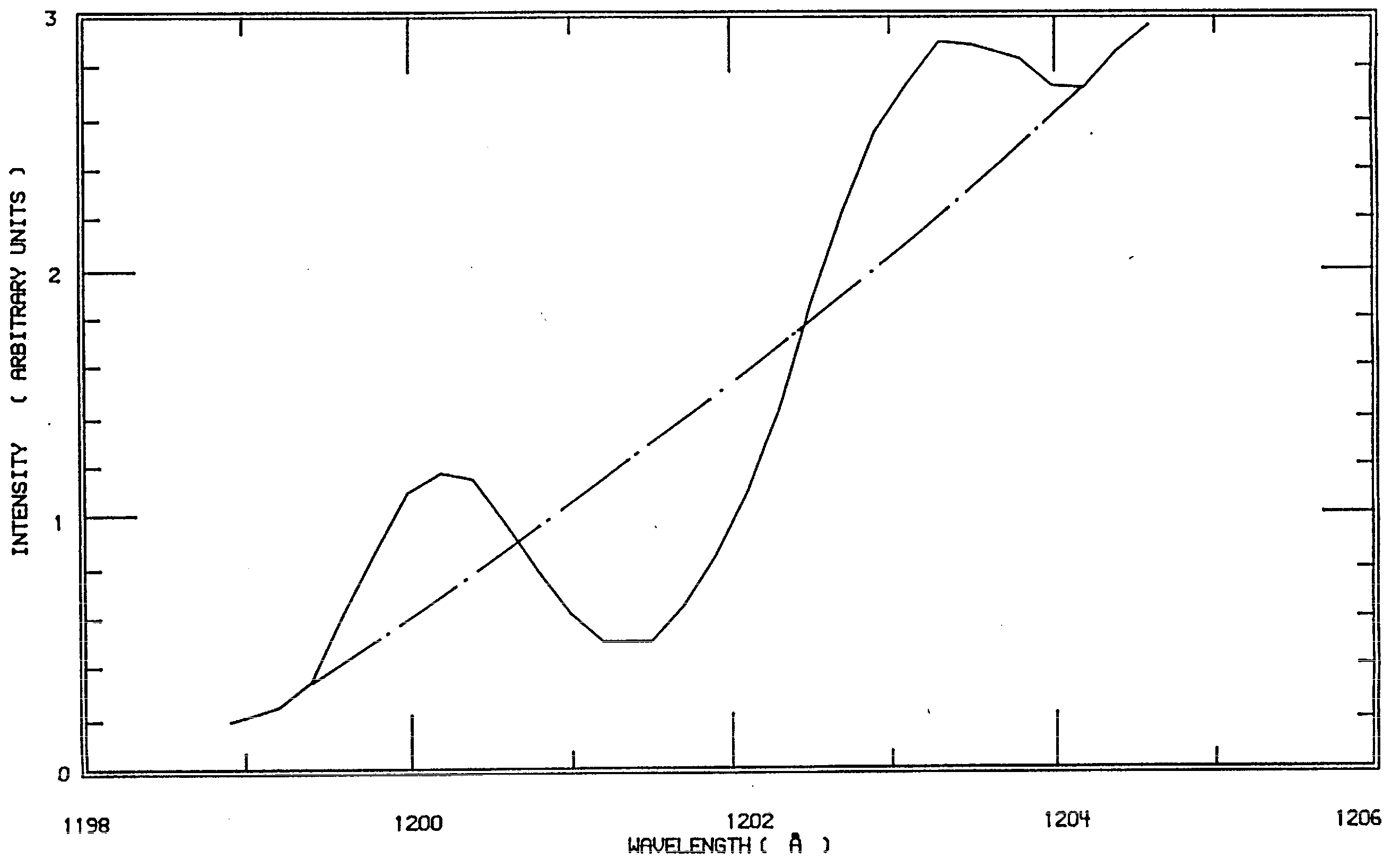
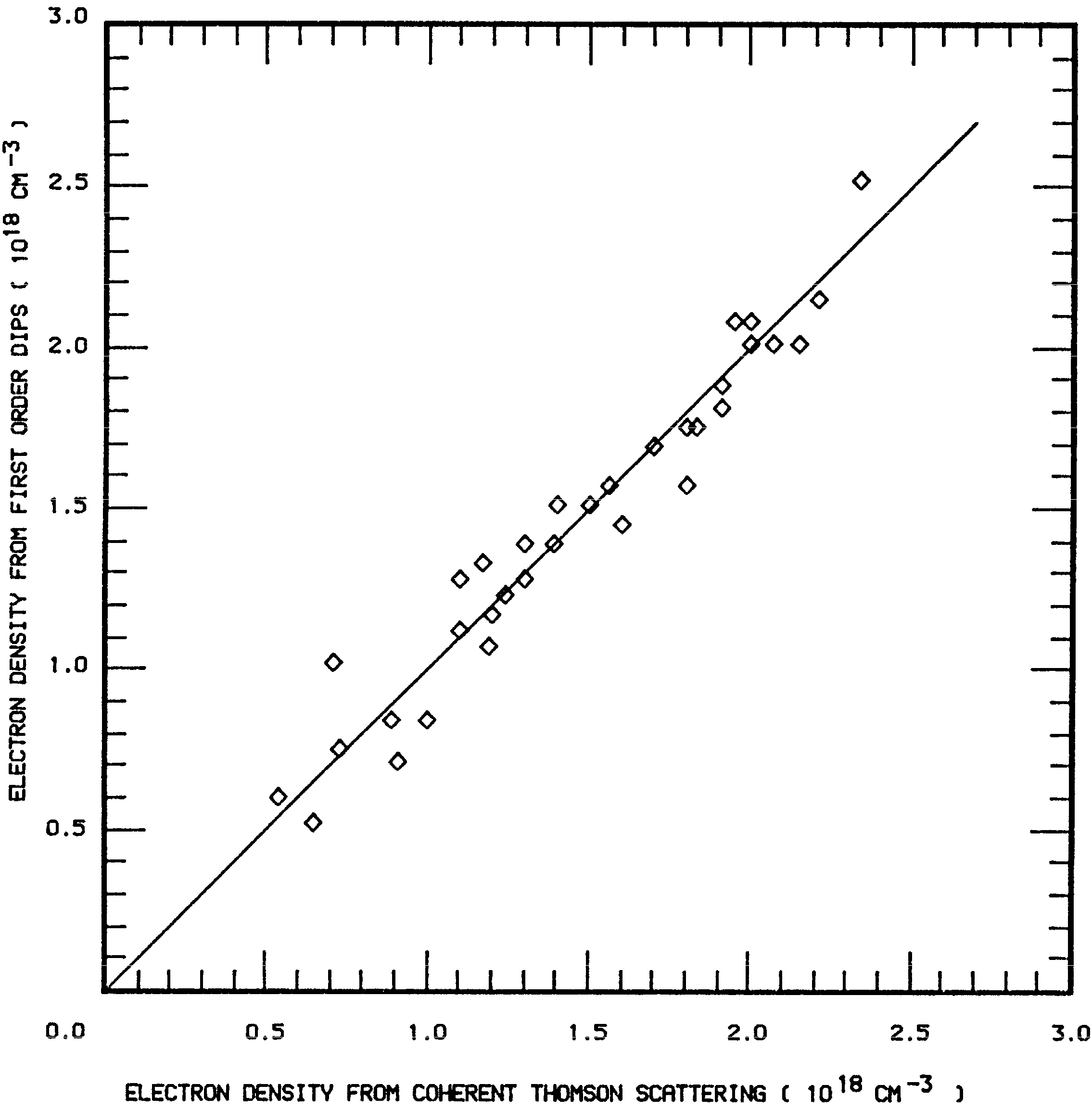
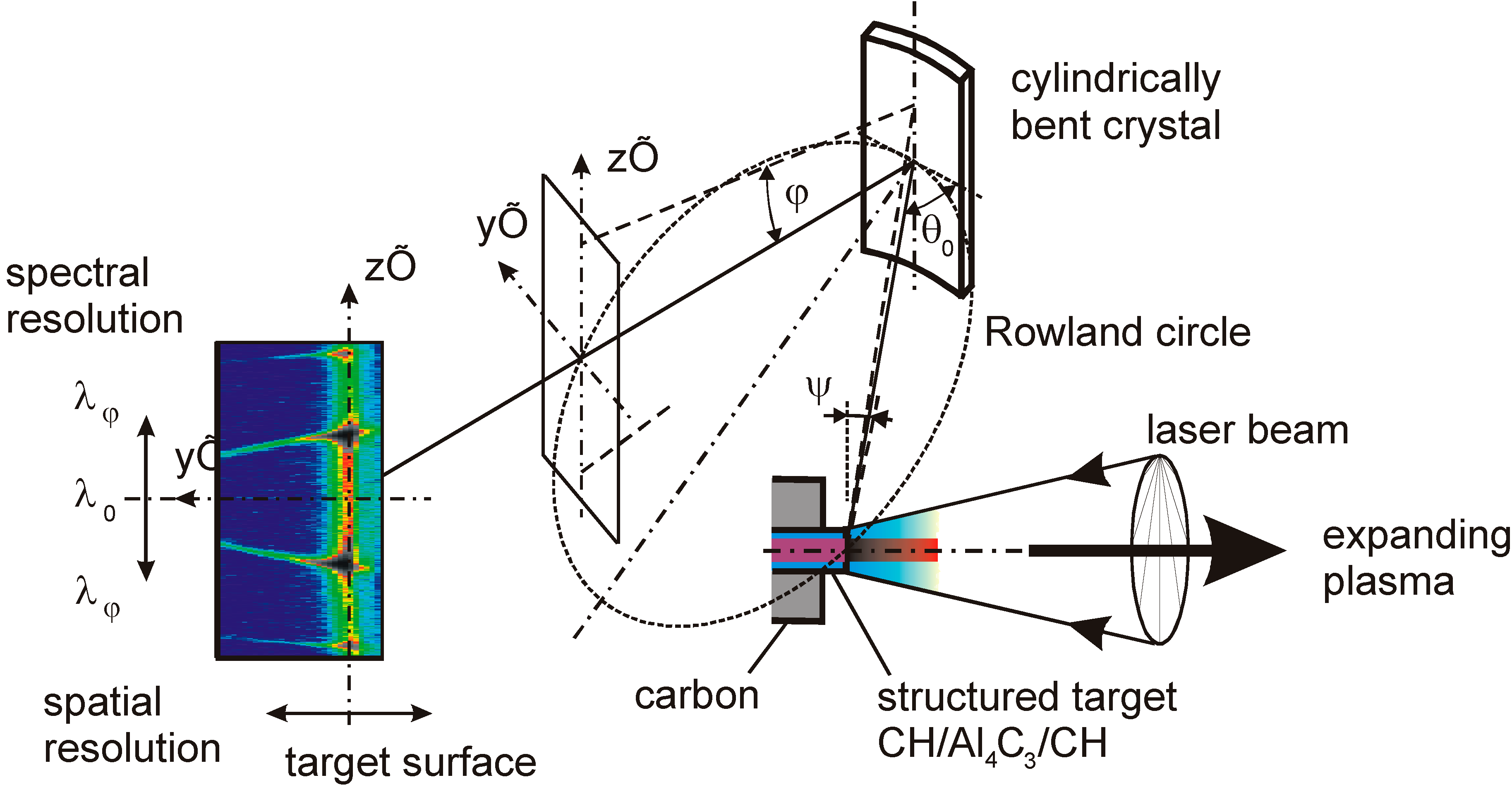
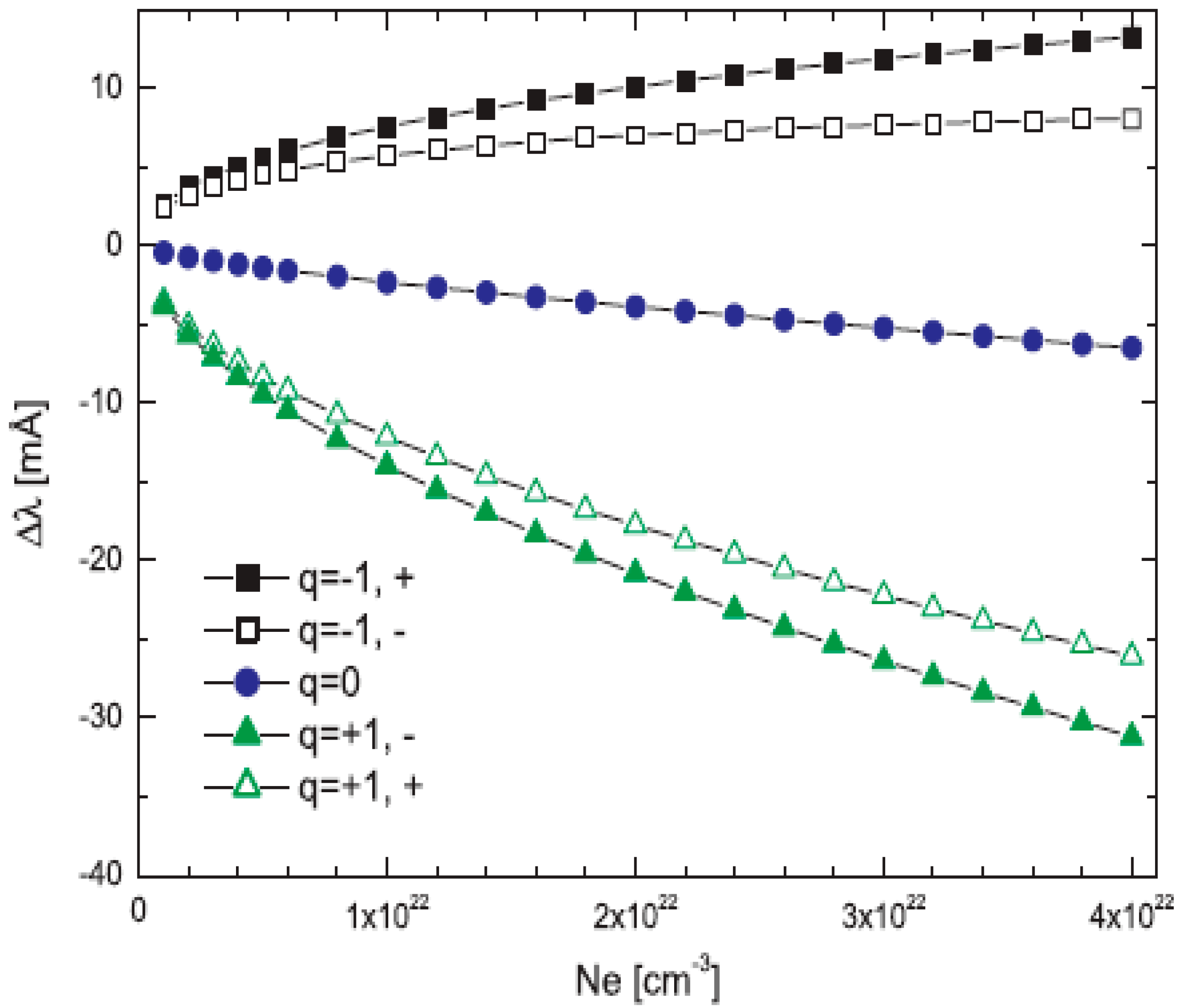
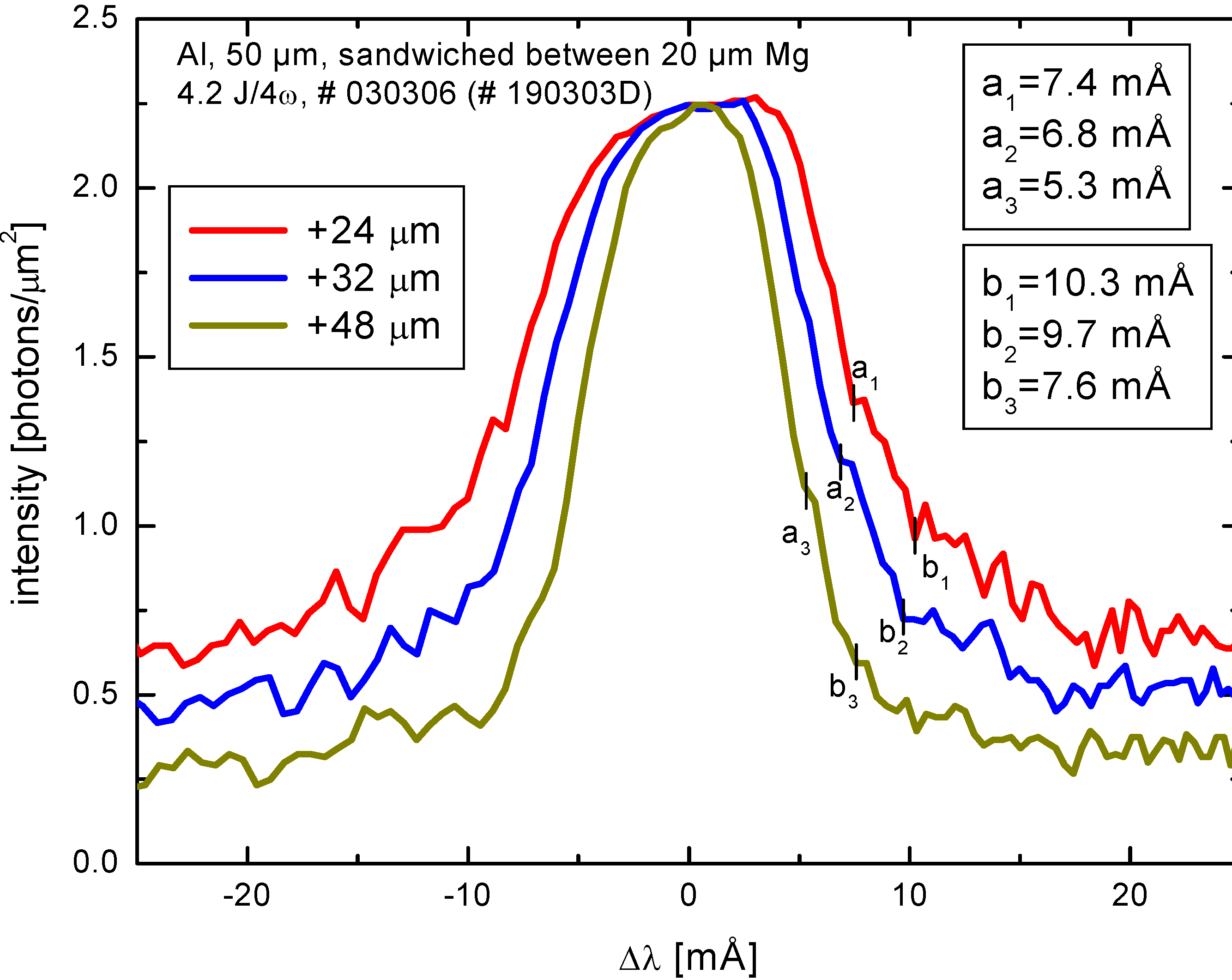

2. Charge-Exchange-Caused Dips
2.1 Theory of X-dips
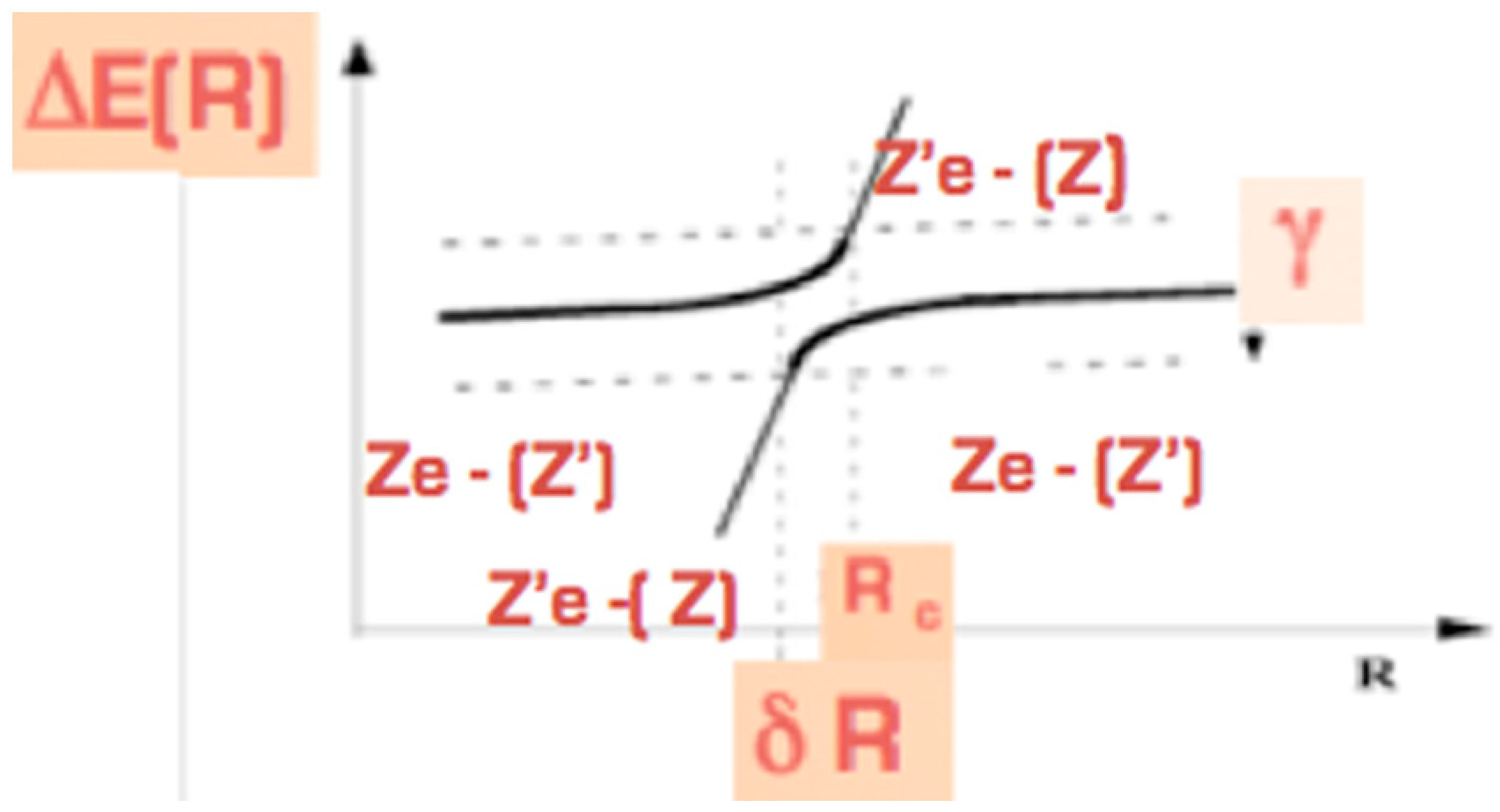
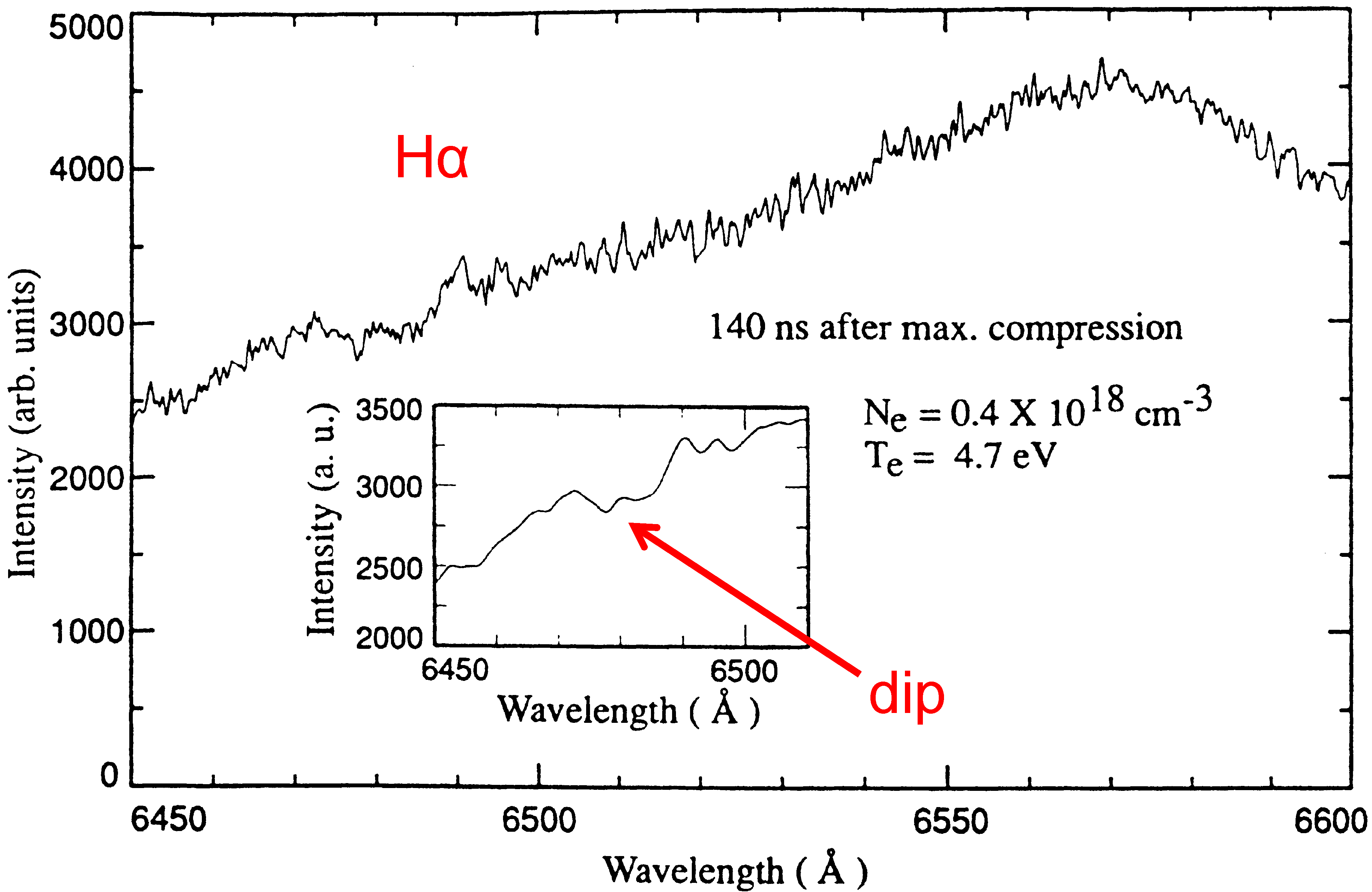
2.2 Experimental Observations of X-dips
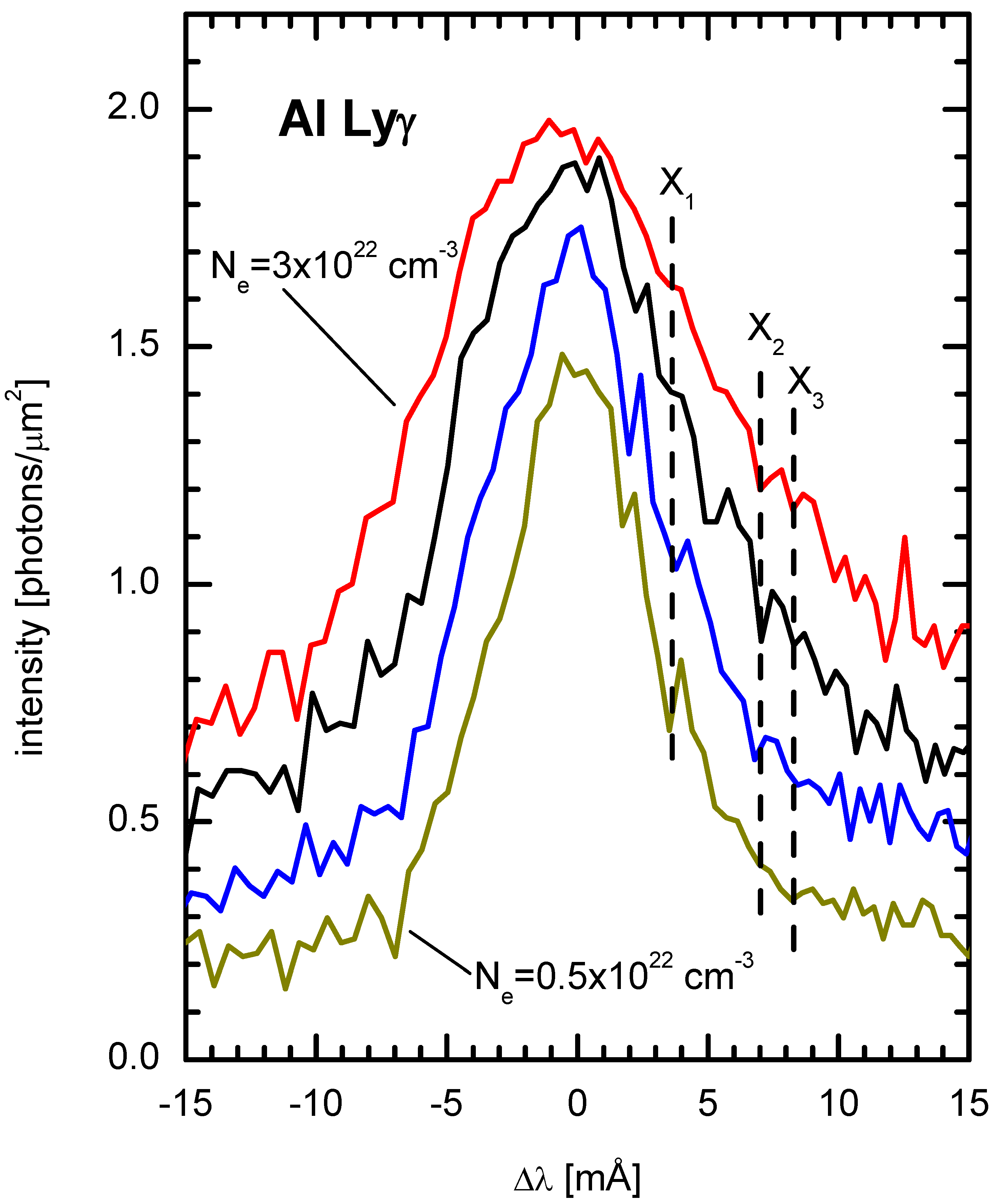
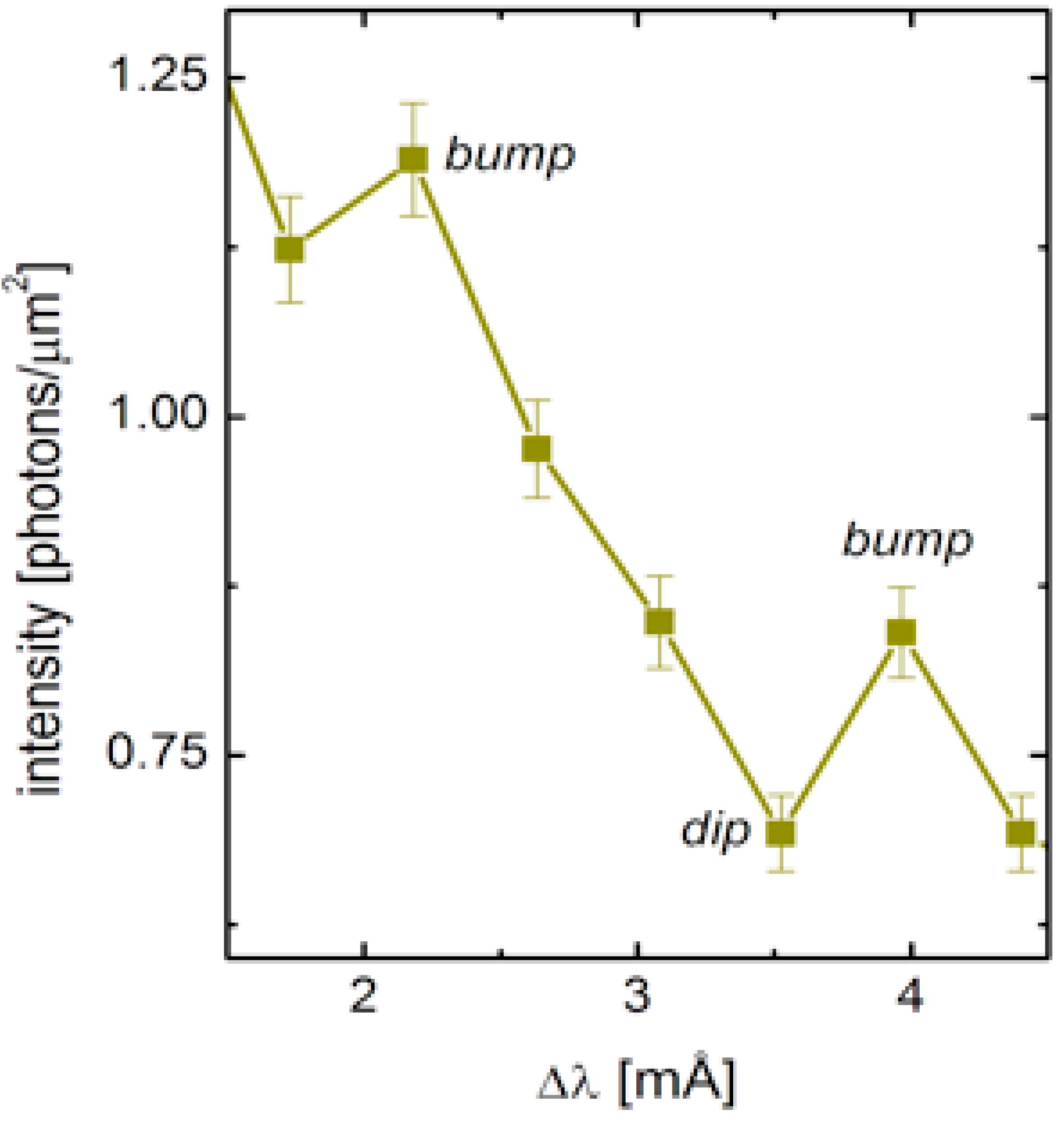
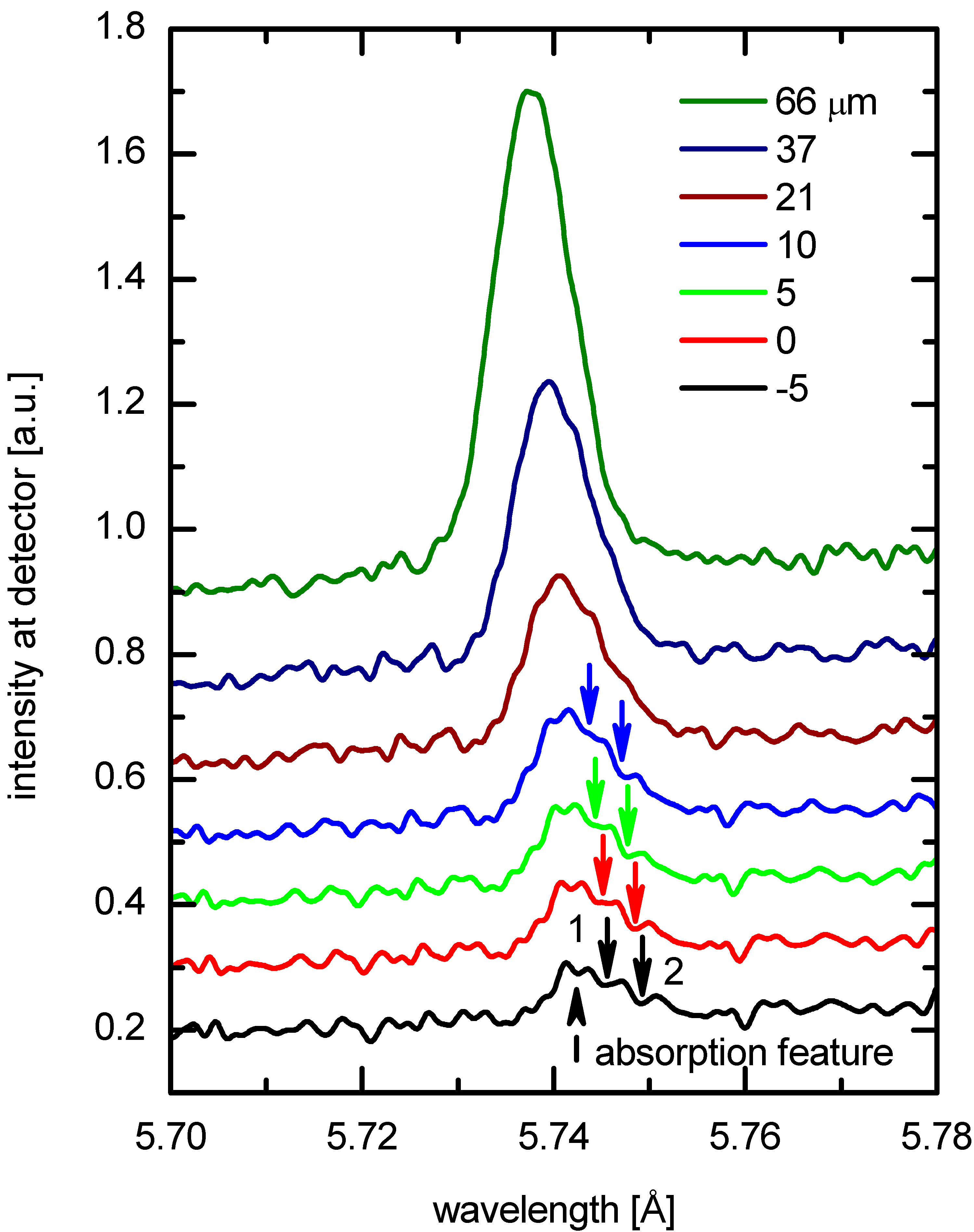
| Line | Perturber | Reciprocal Case | Target |
|---|---|---|---|
| O VII He-gamma 17.78 A | Li+3 | Li III L-alpha 135.0 A perturbed by O+7 | Lithium oxide (lithia) Li2O (solid) |
| Si XIII He-beta 5.681 A | Be+4 | Be-Si binary alloy or beryllium-doped silicon | |
| Mg XI He-gamma 7.473 A | B+5 | B V L-alpha 48.59 A perturbed by Mg+11 | Boracite Mg3B7O13Cl (mineral) |
| Si XIII He-gamma 5.405 A | C+6 | C VI L-alpha 33.74 A perturbed by Si+13 | Silicon carbide (carborundum) SiC (solid) |
| Ca XIX He-beta 2.705 A | C+6 | Calcium carbonate CaCO3 (the common substance found in rocks and the main component of shells of marine organisms, snails, and egg shells) | |
| S XV He-gamma 4.089 A | N+7 | N VII L-alpha 24.78 A perturbed by S+15 | Ammonium sulfate (NH4)2SO4 (crystals/granules) |
| V XXII He-beta 2.027 A | N+7 | Vanadium nitride VN (solid) | |
| Fe XXV He-beta 1.574 A | O+8 | Iron oxides FeO, Fe3O4, Fe2O3 (crystalline solid) | |
| Ca XIX He-gamma 2. 57 A | F+9 | F IX L-alpha 14.99 A perturbed byCa+19 | Calcium fluoride (fluorite) CaF2 (mineral/solid) |
| Cu XXVIII He-beta 1.257 A | F+9 | Copper fluoride CuF2 (crystalline solid) |
2.3 The Latest Development on X-dips
3. Conclusions
Acknowledgements
Author Contributions
Conflicts of Interest
References
- Gavrilenko, V.P.; Oks, E. A new effect in the Stark spectroscopy of atomic hydrogen: Dynamic resonance. Sov. Phys. JETP-USSR 1981, 53, 1122–1127. [Google Scholar]
- Zhuzhunashvili, A.I.; Oks, E. Technique of optical polarization measurements of the plasma Langmuir turbulence spectrum. Sov. Phys. JETP-USSR 1977, 46, 1122–1132. [Google Scholar]
- Oks, E.; Rantsev-Kartinov, V.A. Spectroscopic observation and analysis of plasma turbulence in a Z-pinch. Sov. Phys. JETP-USSR 1980, 52, 50–58. [Google Scholar]
- Gavrilenko, V.P.; Oks, E. Multiphoton resonance transitions between “dressed” atom sublevels separated by Rabi frequency. Sov. Phys. Plasma Phys. 1987, 13, 22–28. [Google Scholar]
- Oks, E. Plasma Spectroscopy: The Influence of Microwave and Laser Fields; Springer Series on Atoms and Plasmas; Volume 9, Springer: New York, NY, USA, 1995. [Google Scholar]
- Oks, E.; Böddeker, St.; Kunze, H.-J. Spectroscopy of atomic hydrogen in dense plasmas in the presence of dynamic fields: intra-Stark spectroscopy. Phys. Rev. A 1991, 44, 8338–8347. [Google Scholar] [CrossRef]
- Renner, O.; Dalimier, E.; Oks, E.; Krasniqi, F.; Dufour, E.; Schott, R.; Förster, E. Experimental evidence of Langmuir-wave-caused features in spectral lines of laser-produced plasmas. J Quant. Spectr. Rad. Transfer 2006, 99, 439–450. [Google Scholar] [CrossRef]
- Krasniqi, F.; Renner, O.; Dalimier, E.; Dufour, E.; Schott, R.; Förster, E. Possibility of plasma density diagnostics using Langmuir-wave-caused dips observed in dense laser plasmas. Eur. Phys. J. D 2006, 39, 439–444. [Google Scholar] [CrossRef]
- Jian, L.; Shali, X.; Qingguo, Y.; Lifeng, L.; Yufen, W. Spatially resolved spectra from a new uniform dispersion crystal spectrometer for characterization of Z-pinch plasmas. J. Quant. Spectr. Rad. Transfer 2013, 116, 41–48. [Google Scholar] [CrossRef]
- von Neumann, J.; Wigner, E. Über das verhalten von Eigenwerten bei adiabatischen Prozessen. Phys. Z. 1929, 30, 467–470. [Google Scholar]
- Gershtein, S.S.; Krivchenkov, V.D. Electron terms in the field of 2 different Coulomb centers. Sov. Phys. JETP-USSR 1961, 13, 1044. [Google Scholar]
- Kryukov, N.; Oks, E. Super-generalized Runge-Lenz vector in the problem of two Coulomb or Newton centers. Phys. Rev. A 2012, 85, 054503. [Google Scholar] [CrossRef]
- Boeddeker, S.; Kunze, H.-J.; Oks, E. A Novel structure in the H-alpha line profile of hydrogen in a dense helium plasma. Phys. Rev. Lett. 1995, 75, 4740–4743. [Google Scholar] [CrossRef]
- Oks, E.; Leboucher-Dalimier, E. Spectroscopic signatures of avoided crossings caused by charge exchange in plasmas. J. Phys. B: Atom. Mol. Opt. Phys. 2000, 33, 3795–3806. [Google Scholar] [CrossRef]
- Dalimier, E.; Oks, E.; Renner, O.; Schott, R. Experimental determination of rate coefficients of charge exchange from X-dips in laser-produced plasmas. J. Phys. B: Atom. Mol. Opt. Phys. 2007, 40, 909–919. [Google Scholar] [CrossRef]
- Bransden, B.H.; McDowell, M.R.C. Charge Exchange and the Theory of Ion-Atom Collisions; Oxford University Press: Oxford, United Kingdom, 1992. [Google Scholar]
- Smirnov, B.M. Physics of Atoms and Ions; Springer: Berlin, Germany, 2003; Section 14.3. [Google Scholar]
- Demkov, Yu.N.; Kunasz, C.V.; Ostrovskii, V.N. United-atom approximation in the problem of Σ−Π transitions during close atomic collisions. Phys. Rev. A 1978, 18, 2097–2106. [Google Scholar] [CrossRef]
- Oks, E. Stark Broadening of Hydrogen and Hydrogenlike Spectral Lines in Plasmas: The Physical Insight; Alpha Science International: Oxford, United Kingdom, 2006. [Google Scholar]
- Leboucher-Dalimier, E.; Oks, E.; Dufour, E.; Sauvan, P.; Angelo, P.; Schott, R.; Poquerusse, A. Experimental discovery of charge-exchange-caused dips in spectral lines from laser-produced plasmas. Phys. Rev. E 2001, 64, 065401(R). [Google Scholar]
- Renner, O.; Dalimier, E.; Liska, R.; Oks, E.; Šmíd, M. Charge exchange signatures in X-ray line emission accompanying plasma-wall interaction. J. Phys. Conf. Ser. 2012, 397, 012017. [Google Scholar] [CrossRef]
- Liska, R.; Limpouch, J.; Kucharik, M.; Renner, O. Selected laser plasma simulations by ALE method. J. Phys. Conf. Ser. 2008, 112, 022009. [Google Scholar] [CrossRef]
- Chenais-Popovics, C.; Renaudin, P.; Rancu, O.; Guilleron, F.; Gauthier, J.C.; Larroche, O.; Peyrusse, O.; Dirksmöller, M.; Sondhauss, P.; Missalla, T.; et al. Kinetic to thermal energy transfer and interpenetration in the collision of laser-produced plasmas. Phys. Plasmas 1997, 4, 190–208. [Google Scholar] [CrossRef]
- Dalimier, E.; Oks, E. Dips in spectral lines of He-like ions caused by charge exchange in laser-produced plasmas. Intern. Review of Atomic and Molec. Phys. 2012, 3, 85–92. [Google Scholar]
- Dalimier, E.; Oks, E. Analytical theory of charge-exchange-caused dips in spectral lines of He-like ions from laser-produced plasmas. J. Phys. B: Atom. Mol. Opt. Phys. 2014, 105001. [Google Scholar] [CrossRef]
- Nikitin, S.I.; Ostrovsky, V.N. On the classification of doubly-excited states of the two-electron atom. J. Phys. B: Atom. Mol. Opt. Phys. 1976, 9, 3141–3148. [Google Scholar] [CrossRef]
© 2014 by the authors; licensee MDPI, Basel, Switzerland. This article is an open access article distributed under the terms and conditions of the Creative Commons Attribution license (http://creativecommons.org/licenses/by/3.0/).
Share and Cite
Dalimier, E.; Oks, E.; Renner, O. Review of Langmuir-Wave-Caused Dips and Charge-Exchange-Caused Dips in Spectral Lines from Plasmas and their Applications. Atoms 2014, 2, 178-194. https://doi.org/10.3390/atoms2020178
Dalimier E, Oks E, Renner O. Review of Langmuir-Wave-Caused Dips and Charge-Exchange-Caused Dips in Spectral Lines from Plasmas and their Applications. Atoms. 2014; 2(2):178-194. https://doi.org/10.3390/atoms2020178
Chicago/Turabian StyleDalimier, Elisabeth, Eugene Oks, and Oldrich Renner. 2014. "Review of Langmuir-Wave-Caused Dips and Charge-Exchange-Caused Dips in Spectral Lines from Plasmas and their Applications" Atoms 2, no. 2: 178-194. https://doi.org/10.3390/atoms2020178
APA StyleDalimier, E., Oks, E., & Renner, O. (2014). Review of Langmuir-Wave-Caused Dips and Charge-Exchange-Caused Dips in Spectral Lines from Plasmas and their Applications. Atoms, 2(2), 178-194. https://doi.org/10.3390/atoms2020178




